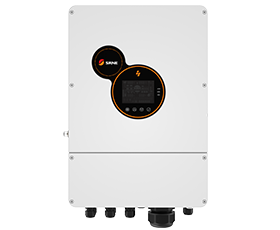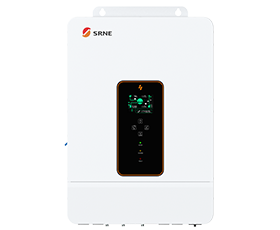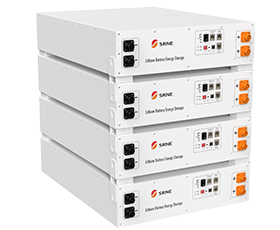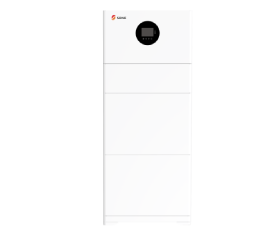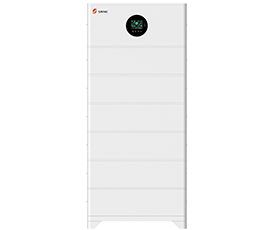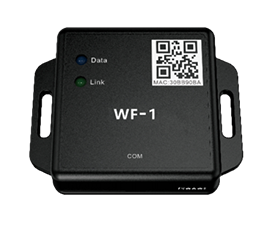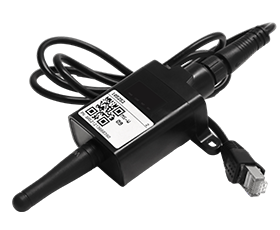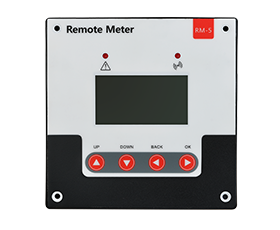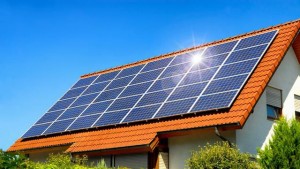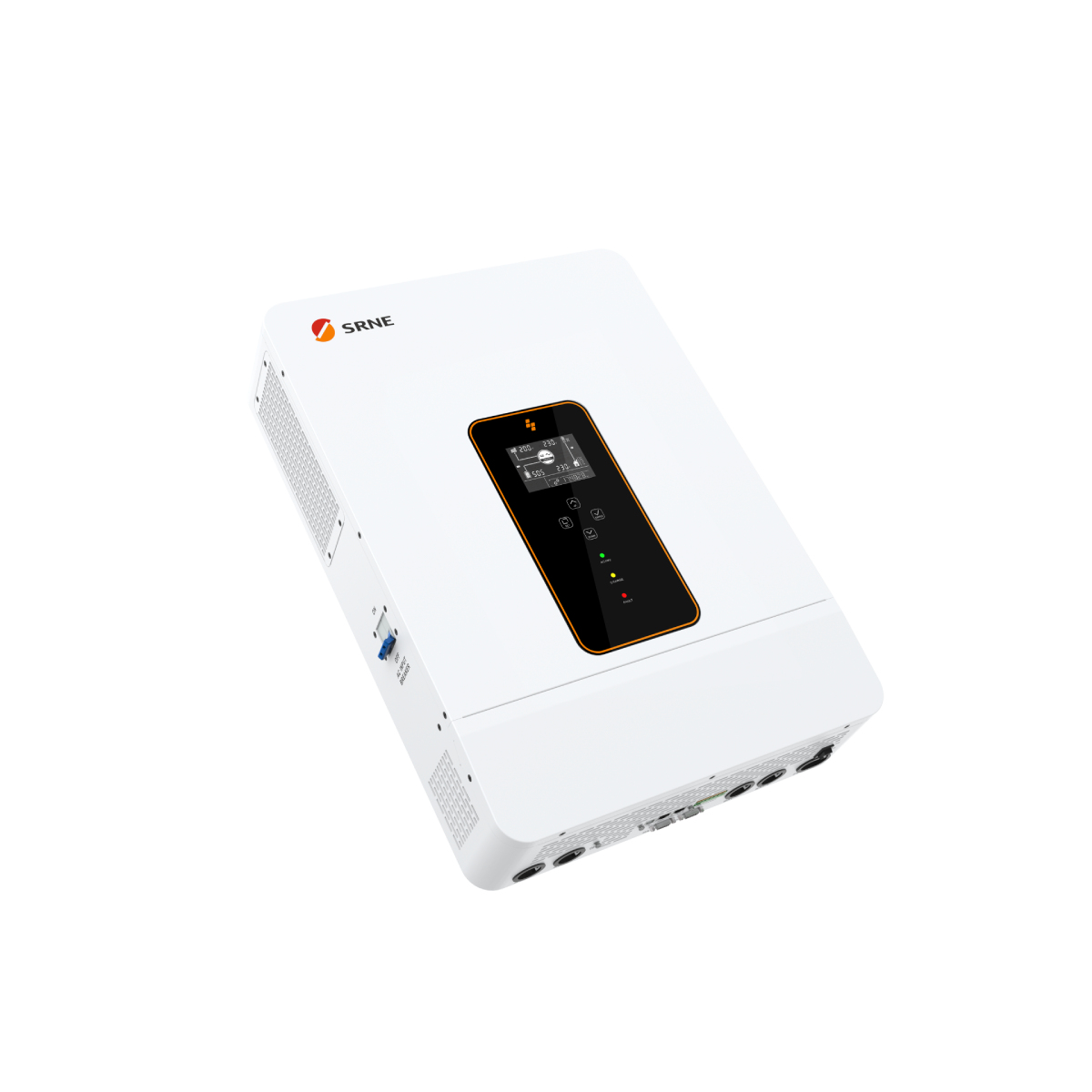Best Introduction to Solar Panels
Solar energy begins with the sun. Solar panel (also known as "PV panel") is an electrical device that converts energy of sunlight directly into electricity by the photovoltaic effect.
Solar panel can be used for a wide variety of applications including remote power systems for cabins, telecommunications equipment, remote sensing, and of course for the production of electricity by residential and commercial solar electric systems.
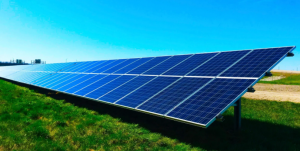
Components
(1) Stalinite
Stalinite is used for protecting the solar cells. The light transmittance of it is supposed to be higher than 91%.
(2) EVA
The function of EVA is bonding and fixing the stalinite and solar cells. The quality of EVA will directly influence the service life of solar module and therefore the light transmittance and generated power quality will be affected.
(3) Solar Cell
The major function of solar cells is generating power. The common solar cells in the market are crystalline silicon solar cells and thin film solar cells, which both have advantages and disadvantages.
Crystalline silicon solar cell has high conversion efficiency. It is suitable for this kind of cell to generate power outside in bright sunlight. The device cost for crystalline silicon solar cell is low, but the consumption and cost for single solar cell is high. Compared with crystalline silicon solar cell, the conversion efficiency of thin film solar cell is much lower. But the thin film solar cell can function well even under the weak light. The device cost for thin film solar cell is relatively higher but the consumption and cost for single solar cell is lower.
(4) Backboard
The backboard should be an nonconductor and be waterproof. The function of it is sealing. The warranty period of most backboards is twenty-five years.
(5) Aluminium alloy
The cover component of protective layer is made of aluminium alloy The function of the layer are sealing and supporting.
(6) Junction Box
The junction box is used for protecting the whole generated power system. If there is short-circuit in the solar module, the junction box will automatically shut off the short-circuit solar cells to protect the system from damage. Diode is an important part of junction box. The selection of diode depends on the type of solar cells.
Manufacturing Materials
Nowadays, the major photovoltaic material is crystalline silicon material. Its market share is up to 90%. In the future, it is also the most popular photovoltaic material.
Monocrystalline silicon
Generally, the conversion efficiency of monocrystalline solar cell is 18%. The efficiency of the best monocrystalline solar cell can be up to 24%. It has the highest conversion efficiency among all the kinds of solar cells. However, the cost is so high that it can not be widely used. The monocrystalline solar cell is usually sealed and packaged by using stalinite and waterproof resin. Therefore, it is sturdy and durable, whose service life reaches twenty-five years.
Polycrystalline silicon
The conversion efficiency of polycrystalline silicon solar cell is much lower than monocrystalline solar cell’s. Generally, it is only 16%. The cost of it is lower than the monocrystalline solar cell. Besides, the energy consumption is also smaller. That’s why the polycrystalline silicon solar cell is widely applied. But its service life is shorter than the monocrystalline solar cell.
Amorphous silicon
Amorphous silicon solar cell is a new type thin film solar cell which came out in 1976. The manufacturing technology of it is totally different from the crystalline sicilon solar cell’s. The energy consumption is lower. The most outstanding advantage is that it can generate power even under the weak light. However, the conversion efficiency is relatively low. Generally, it is only 10%.
Working Principle
Solar panels are comprised of several individual solar cells. When photons hit a solar cell, they knock electrons loose from their atoms. If conductors are attached to the positive and negative sides of a cell, it forms an electrical circuit. When electrons flow through such a circuit, they generate electricity. Multiple cells make up a solar panel, and multiple panels (modules) can be wired together to form a solar array. The more panels you can deploy, the more energy you can expect to generate.
In a well-balanced grid-connected configuration, a solar array generates power during the day that is then used in the home at night. In off-grid solar applications, a battery bank, charge controller, and in most cases, an inverter are necessary components. The solar array sends direct current (DC) electricity through the charge controller to the battery bank. The power is then drawn from the battery bank to the inverter, which converts the DC current into alternating current (AC) that can be used for non-DC appliances. Assisted by an inverter, solar panel arrays can be sized to meet the most demanding electrical load requirements. The AC current can be used to power loads in homes or commercial buildings, recreational vehicles and boats, remote cabins, cottages, or homes, remote traffic controls, telecommunications equipment and much more.
The Benefits of Solar Panels
Using solar panels is a very practical way to produce electricity for many applications. The obvious would have to be off-grid living. Living off-grid means living in a location that is not serviced by the main electric utility grid. Remote homes and cabins benefit nicely from solar power systems. No longer is it necessary to pay huge fees for the installation of electric utility poles and cabling from the nearest main grid access point. A solar electric system is potentially less expensive and can provide power for upwards of three decades if properly maintained.
Besides the fact that solar panels make it possible to live off-grid, perhaps the greatest benefit that you would enjoy from the use of solar power is that it is both a clean and renewable source of energy. With the advent of global climate change, it has become more important that we do whatever we can to reduce the pressure on our atmosphere from the emission of greenhouse gases. Solar panels have no moving parts and require little maintenance. They are ruggedly built and last for decades when properly maintained.





















